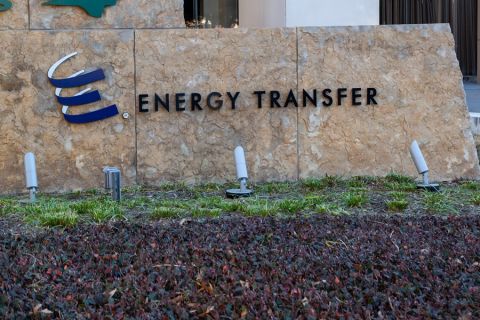According to a Morgan Stanley report, 2013 promises to be a big year for exploration.
In its “2013 Offshore Exploration Outlook: The Renaissance Continues,” the analyst firm indicates that the “renaissance” in activity it predicted in 2010 will continue through this year. The report predicts offshore exploration activity to increase by around 7% over its 2012 estimate and 26% over 2011.
This continued increase is reflected not only in newer areas like East Africa but in mature provinces like the North Sea and the US Gulf of Mexico (GoM).
Morgan Stanley analysts compiled a global database of offshore exploration wells that are expected to be drilled, not counting appraisal wells, by year-end. Planned wells were limited to prospects with gross resource potential greater than 100 MMboe. The analysts studied 304 wells drilled in 45 countries by 75 companies.
They also built country-specific asset models for 39 countries applying varying finding and development costs, product pricing, and fiscal regimes.
Findings suggest that companies will test 91 Bboe of potential reserves by the end of the year, with about 78% of that focused on oil. A 25% success rate could result in 23 Bboe of additional resource, which the analysts said will put the industry 30% ahead of the 12-year average. A 40% success rate would result in the highest amount of new reserves since the Kashagan discovery in 2000.
Some of the factors leading to these findings include the North Sea Johan Sverdrup discovery in 2011; the easing of offshore fiscal terms in the UK; renewed interest in the GoM, with the number of contracted floaters surpassing pre-Macondo levels; and increased prospectivity for both East and West Africa.
Other factors include the 2007 Jubilee discovery, which opened the West Africa Transform Margin; the Tupi discovery in 2008, which kicked off Brazil’s presalt craze; a return to exploration in the GoM’s Lower Tertiary after Macondo; the end of Shell’s seven-year struggle to clear regulatory hurdles offshore Alaska; and of course continued high commodity prices.
While Brazil boasted one of the largest discoveries with its Carcara success in the Santos basin, the analysts predict a slowing of exploration activity as Petrobras and OGX focus on developing existing finds. West Africa is now a major contender in the presalt play thanks to CIE’s Cameia #1 and #2 discoveries offshore Angola. The report notes that Angola will see a significant activity increase both in 2013 and 2014 following the 2011 licensing round that freed up 11 blocks.
Mozambique and Tanzania also have seen continued big discoveries, increasing resource estimates to more than 100 Tcfe.
There were a few disappointments in 2012, most notably offshore Namibia and the Falklands. However, the report noted considerable potential in both areas and expected activity to continue in 2013.
Before the new year even kicked off there were several notable offshore discoveries, including Cobalt’s North Platte discovery in the GoM, with several hundred feet of net pay and the potential for several hundred million barrels; Eni’s additional gas discoveries offshore Mozambique, adding 6 Tcf; and Petrobras’ ultra-deepwater discovery in the Sergipe-Alagoas basin, its fourth discovery in that province in 2012. The renaissance continues apace.
Recommended Reading
Enterprise’s SPOT Deepwater Port Struggles for Customers
2024-04-25 - Years of regulatory delays, a loss of commercial backers and slowing U.S. shale production has Enterprise Products Partners’ Sea Port Oil Terminal and rival projects without secured customers, energy industry executives say.
Report: Crescent Midstream Exploring $1.3B Sale
2024-04-23 - Sources say another company is considering $1.3B acquisition for Crescent Midstream’s facilities and pipelines focused on Louisiana and the Gulf of Mexico.
Energy Transfer Announces Cash Distribution on Series I Units
2024-04-22 - Energy Transfer’s distribution will be payable May 15 to Series I unitholders of record by May 1.
Balticconnector Gas Pipeline Back in Operation After Damage
2024-04-22 - The Balticconnector subsea gas link between Estonia and Finland was severely damaged in October, hurting energy security and raising alarm bells in the wider region.


